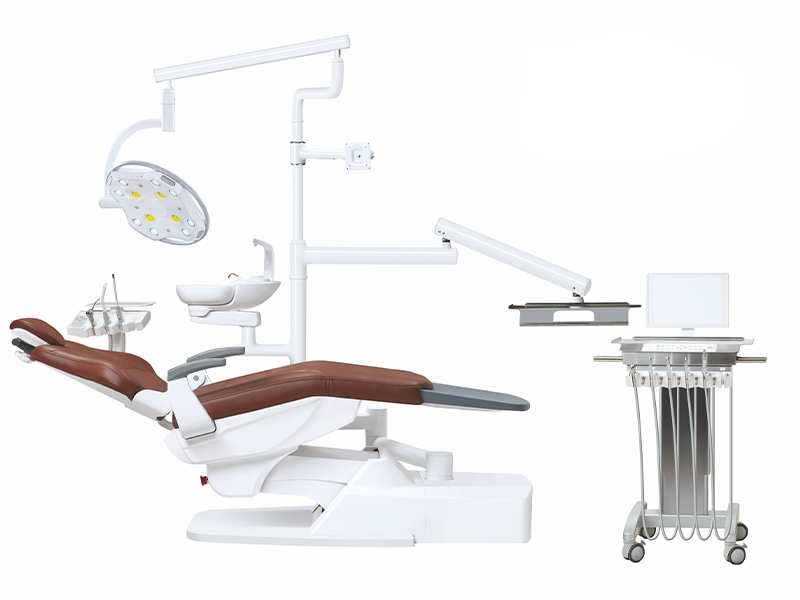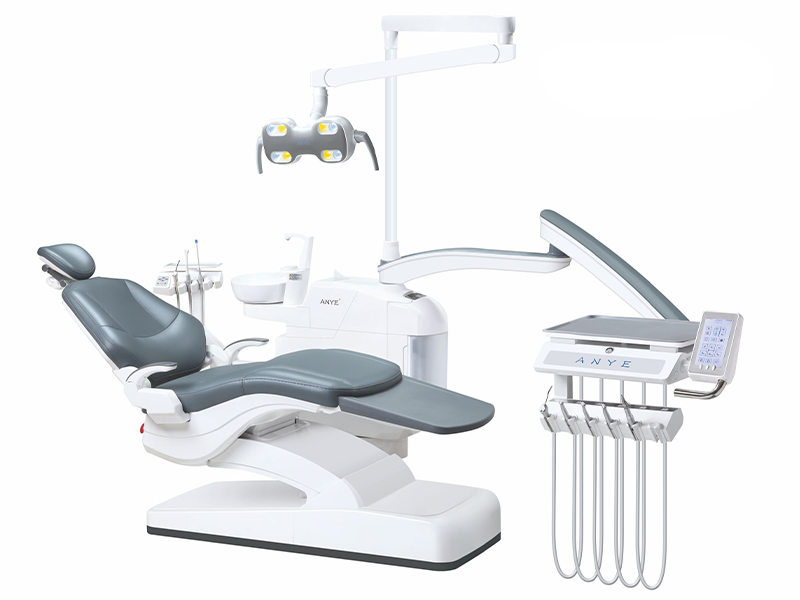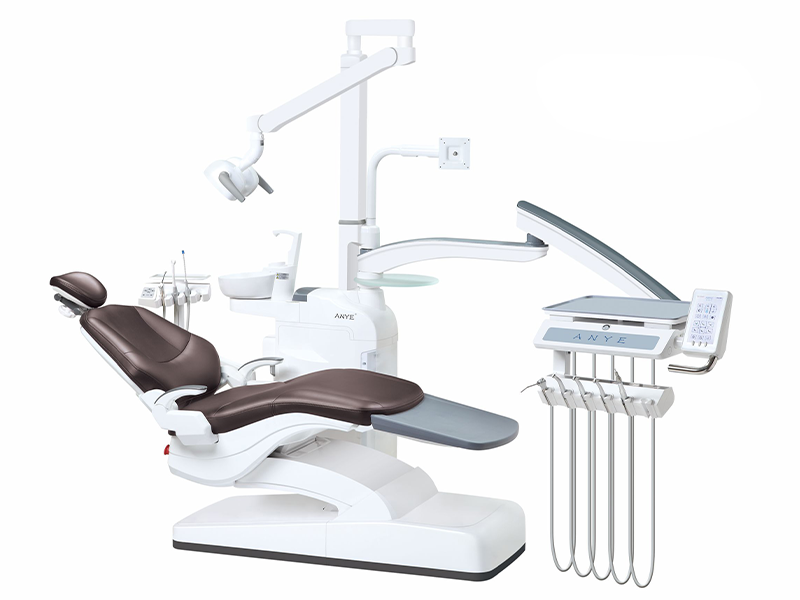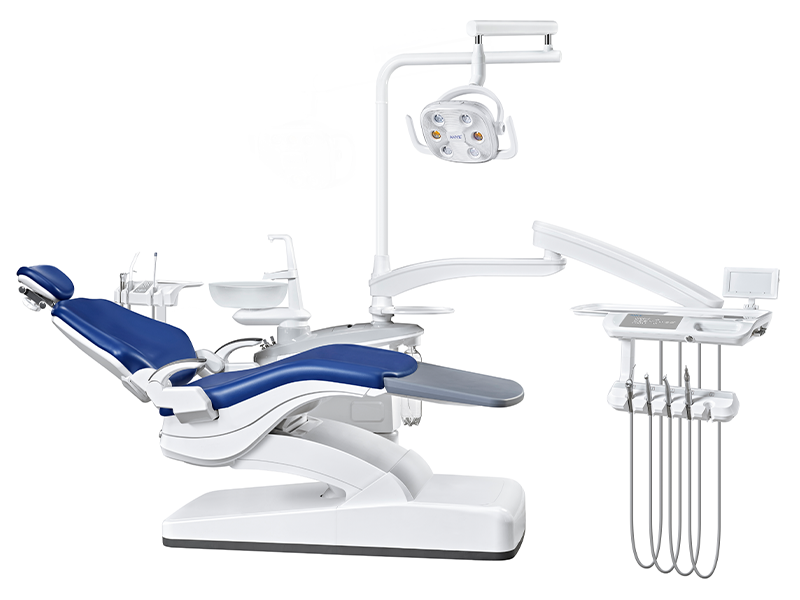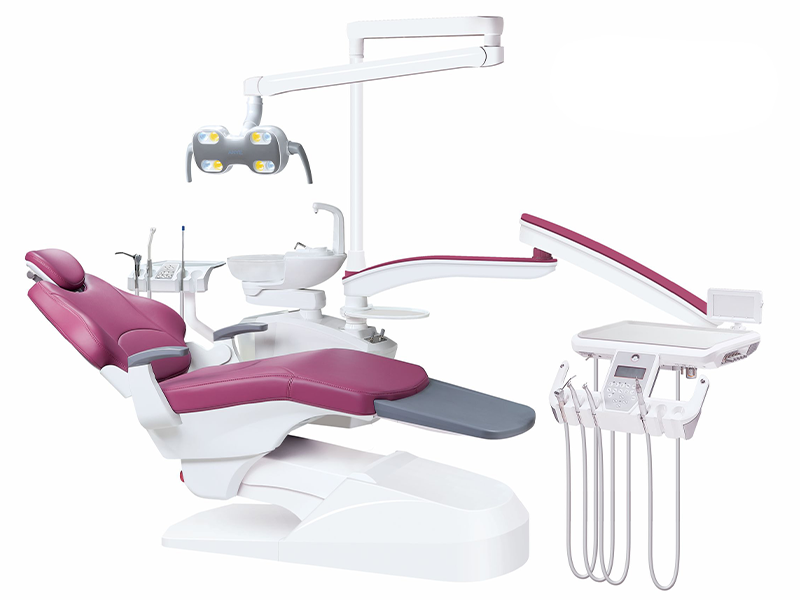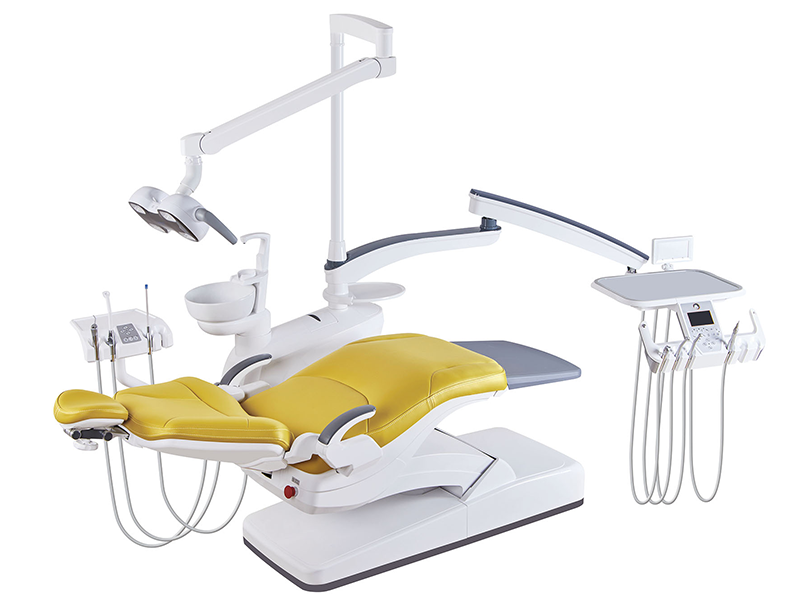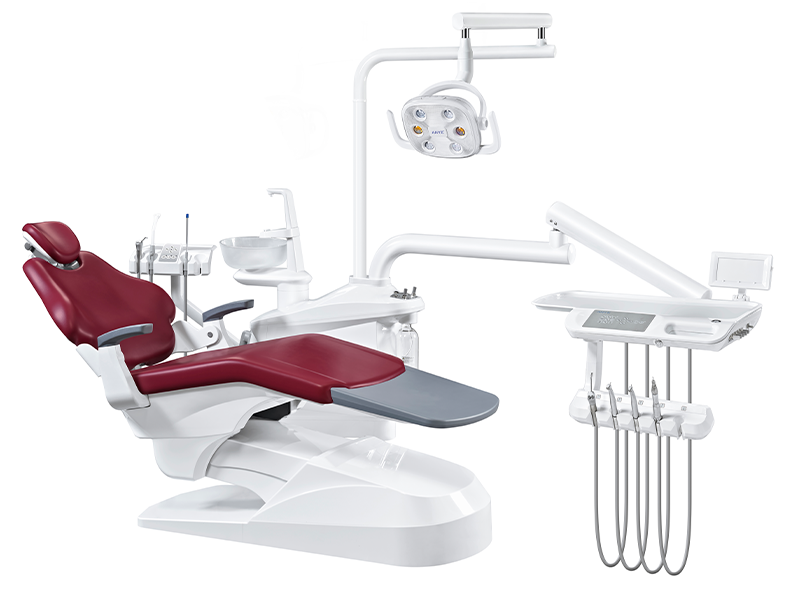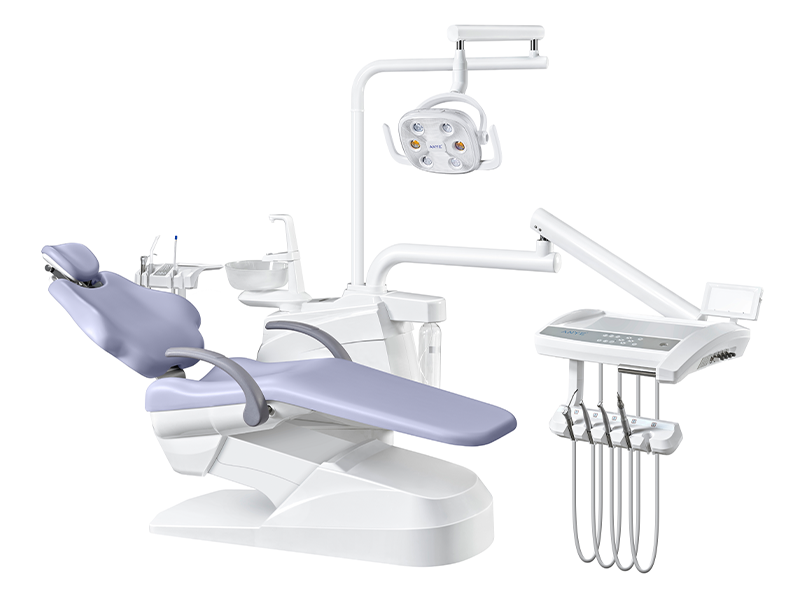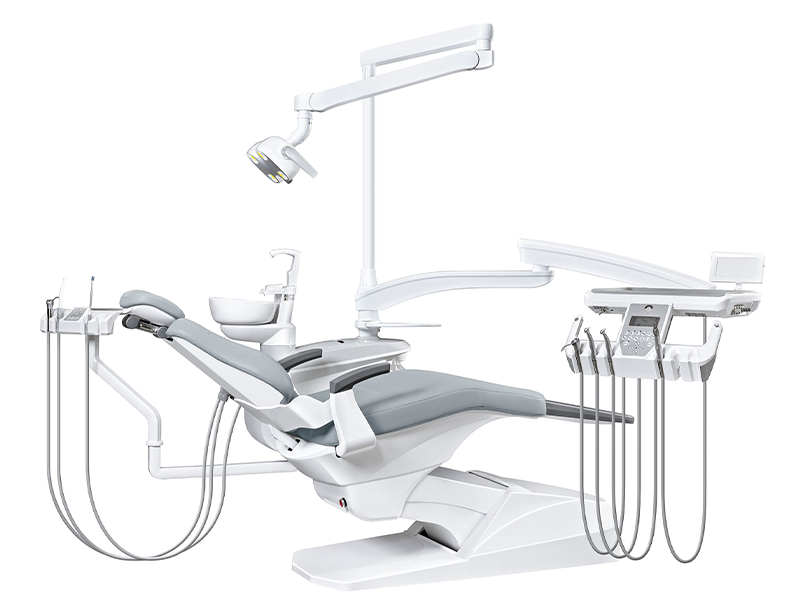In the competitive landscape of dentistry, investing in high-quality dental chairs is essential for delivering outstanding patient care and ensuring the success of your practice. Did you know that nearly 70% of dental professionals cite equipment costs as a major barrier to upgrading their facilities? If you're feeling overwhelmed by the financial demands of outfitting your dream practice, you're not alone.
This guide will reveal 10 innovative financing strategies designed to help you acquire the dental chairs you need without straining your budget. From creative payment plans to leveraging grants and loans, we've got you covered.
Get ready to transform your practice setup while keeping your finances in check—let’s embark on this journey together!
Understanding the Importance of Quality Dental Chairs
Modern dental chairs are the cornerstone of any successful dental practice. They not only provide comfort for patients during lengthy procedures but also enhance the efficiency and ergonomics for dental professionals. Anye Dental's range of advanced dental chairs offers cutting-edge features designed to meet the diverse needs of dental practices.
For instance, the AY-215C5 model boasts a synchronized chair frame system and an ultra-thin design with microfiber leather that's resistant to disinfectants and alcohol wipes[1]. This innovative design not only ensures patient comfort but also facilitates easy maintenance, a crucial factor in busy dental practices.
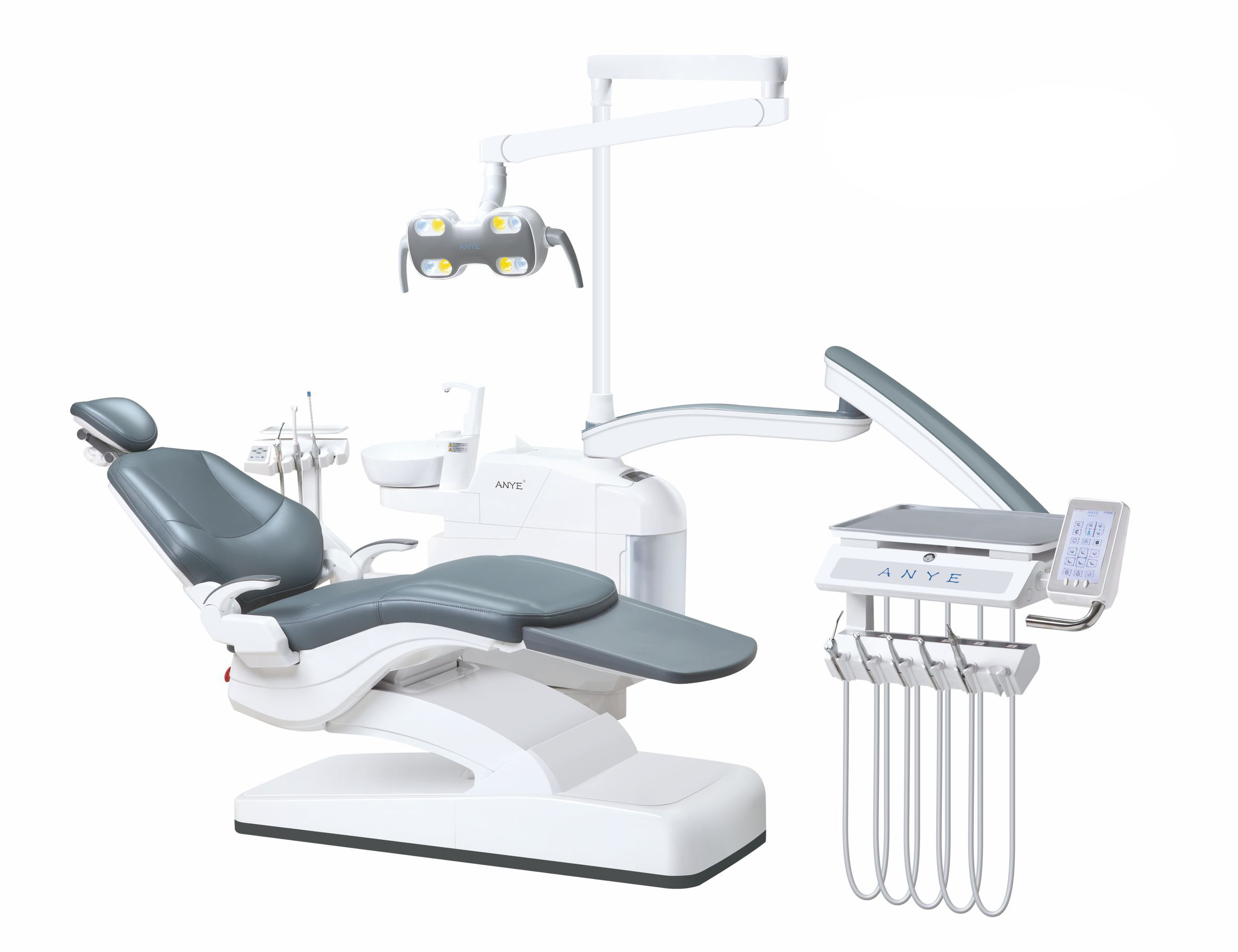
1. Traditional Bank Loans: A Solid Foundation for Financing
Traditional bank loans remain a popular option for financing dental chairs. These loans typically offer:
- Fixed interest rates, usually ranging from 6% to 9%
- Longer repayment terms, often up to 10 years
- Predictable monthly payments for easier budgeting
While bank loans can provide substantial funding, they often require extensive documentation and may have stringent qualification criteria. Dentists with established practices and strong credit histories are more likely to secure favorable terms.
2. Specialized Dental Equipment Financing Companies
Dental-specific financing companies understand the unique needs of dental practices. They offer several advantages:
- Industry expertise tailored to dental equipment
- Flexible terms and quicker approval processes
- Potential for better rates due to industry focus
For example, financing the Anye Dental AY-215A3 high-end professional dental treatment unit through a specialized lender could result in more favorable terms compared to traditional banks[1].
3. Equipment Leasing: Flexibility for Evolving Practices
Leasing dental chairs can be an attractive option, especially for newer practices or those looking to conserve capital. Benefits include:
- Lower upfront costs with no large down payments
- Potential tax advantages as lease payments may be fully deductible
- Flexibility to upgrade equipment at the end of the lease term
Consider leasing options for models like the Anye Dental AY-215B3, which offers spacious seating and enhanced back support for patients[1].
4. Small Business Administration (SBA) Loans
SBA loans can be an excellent choice for dental practices looking to finance chairs and other equipment:
- Lower interest rates, often starting around 6.75%
- Longer repayment terms up to 10 years
- Government backing, which can make approval easier for some practices
While the application process can be rigorous, SBA loans can provide substantial funding for comprehensive practice upgrades, including multiple dental chairs and associated equipment. For more information on SBA loans.
5. Manufacturer Financing Programs
Many dental chair manufacturers, including Anye Dental, offer in-house financing options:
- Competitive rates and terms tailored to their products
- Potential for bundled deals on multiple pieces of equipment
- Simplified application process integrated with the purchase
Anye Dental's financing programs can make it easier to acquire advanced models like the AY-215C2, which combines technology and comfort for optimal patient experience[1].
6. Practice Improvement Loans
Some lenders offer specific loans designed for dental practice improvements:
- Can cover a range of upgrades, including dental chairs and office renovations
- Often have more flexible terms than general business loans
- May offer higher loan amounts based on projected practice growth
These loans can be ideal for comprehensive upgrades, allowing you to finance not just dental chairs but also complementary equipment and practice enhancements.
7. Equipment-Specific Lines of Credit
Lines of credit dedicated to equipment purchases offer flexibility:
- Draw funds as needed for equipment purchases
- Pay interest only on the amount used
- Revolving credit allows for multiple purchases over time
This option can be particularly useful when planning to upgrade multiple chairs or add specialized units like Anye Dental's AY-215D2 Kids Dental Unit over an extended period[1].
8. Peer-to-Peer Lending Platforms
Online peer-to-peer lending platforms have emerged as alternative financing sources:
- Potentially lower interest rates than traditional loans
- Faster approval processes and funding
- More flexible credit requirements
While terms can vary widely, these platforms may offer competitive rates for financing high-end dental chairs like the Anye Dental AY-215A5, which features ergonomic design and advanced technology[1].
9. Healthcare-Specific Credit Cards
Some financial institutions offer credit cards designed for healthcare equipment purchases:
- 0% introductory APR periods for large purchases
- Rewards programs tailored to healthcare practices
- Higher credit limits than standard business credit cards
These cards can be useful for financing smaller equipment purchases or as a short-term solution while arranging long-term financing for larger investments.
10. Crowdfunding and Community Investment
For practices in underserved areas or with unique specialties, crowdfunding can be an innovative financing option:
- Engage the community in practice improvements
- Potential for grants or matching funds from dental organizations
- Can be combined with traditional financing methods
While less conventional, this method can be particularly effective for specialized equipment like Anye Dental's AY-215E1 Rehabilitation Dental Unit, designed for patients with limited mobility[1].
Maximizing Your Dental Chair Investment
Regardless of the financing method chosen, maximizing the return on your investment is crucial:
- Proper staff training on new equipment features
- Regular maintenance to ensure longevity and performance
- Marketing new technology to attract and retain patients
Anye Dental offers comprehensive training and support for all their dental chair models, ensuring your team can fully utilize advanced features like those found in the AY-215A1 Implant Dental Unit[1].
Conclusion: Transforming Your Practice with Smart Financing
Investing in quality dental chairs is a critical step in elevating your practice's capabilities and patient experience. By exploring these ten financing options, you can find a solution that aligns with your practice's needs and financial situation. Whether you choose traditional loans, specialized financing, or innovative funding methods, the key is to select high-quality equipment that will serve your practice for years to come.
Anye Dental's range of advanced dental chairs offers solutions for every practice need. By combining smart financing with top-tier equipment, you're not just purchasing chairs – you're investing in the future of your practice and the comfort of your patients.
Ready to explore your options for financing Anye Dental chairs? Visit https://www.anyedental.com/ to learn more about their product range and financing options.

